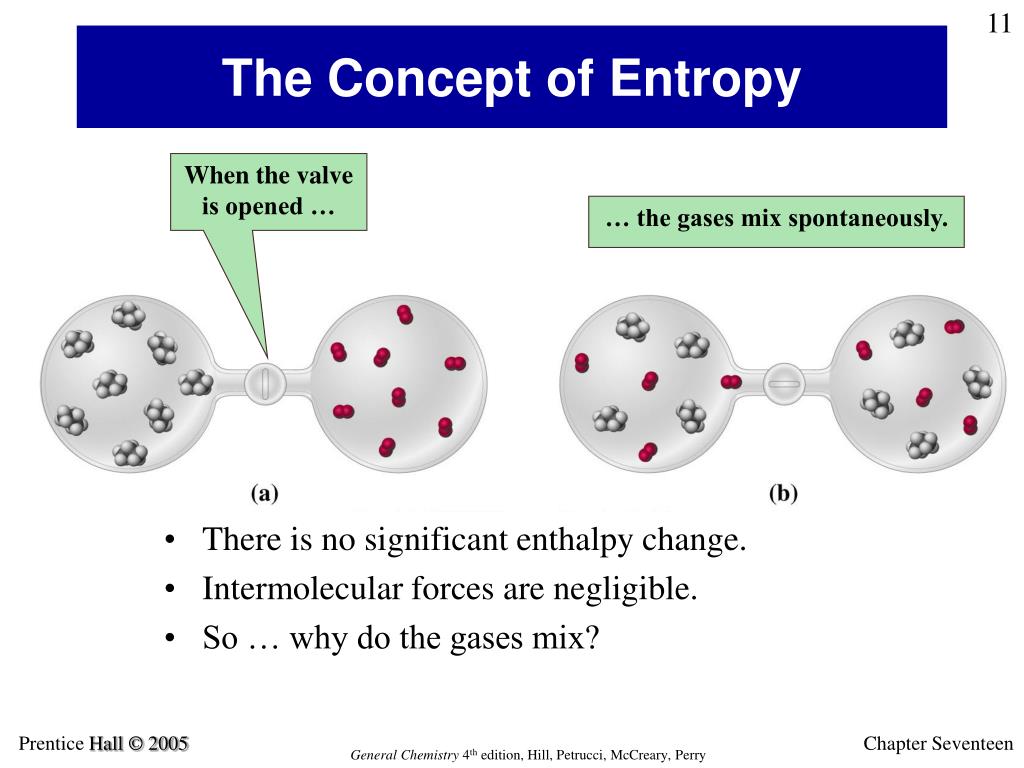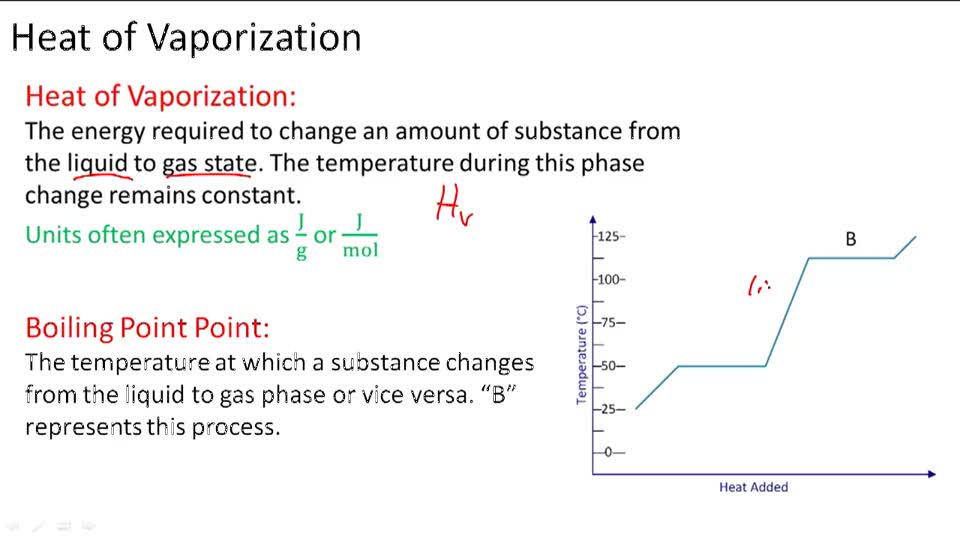

Thermodynamic properties of R22, like vapor volume, enthalpy and entropy at.
#Entropy of vaporization free#
This was the best explanation for this problem! I just followed these steps and finally got the right answer :) Note: Enthalpy of vaporization is the amount of energy that must be added to the liquid substance, to transform a quantity of that substance into gas. Using data about the enthalpy and entropy of fusion and vaporization of water and the Gibbs Free Energy Equation calculate, the change of Gibbs Free. During evaporation the temperature and pressure are linked to each other. Once we get all the values of entropy change, just add them up to get the standard molar entropy of vaporization of water. Just plug and solve to get that entropy change Only this time, we use the Cpm 33.6 J⋅K−1⋅mol−1 for water vapor and the temperature change is from 100 ☌ to 59 ☌. The entropy of vaporization at the normal boiling point has been estimated for binary and ternary azotropic mixtures containing water, alcohol or acetic. In fact, you can convince yourself that using the enthalpy of vaporization of 40.68 kJ/mol from the reference as well as 373.15. As a reference, the actual value is around 109.02 J/K. Calculate the entropy change for 1.0 mole of ice melting to form liquid at 273 K. Entropies Equation of state Internal energies Isobars Isochores Isotherms Joule - Thomson inversion Latent heats of vaporization Melting. The enthalpy of fusion for water is 6.01 kJ/mol. Therefore, we have: Svap 40.7 kJ mol × 1 mol × 1000 J 1 kJ 373 K. The entropy change for a phase change at constant pressure is given by. To solve the third part, we use again the equation ∆S = Cpm ln (T2/T1). Since we must use T in K, T > 0 and everything is positive in this equation. (b) Calculate the enthalpy of vaporization of methanol, assuming that rS doesnt depend on temperature and taking the boiling point of methanol to be 64.6C. (a) Calculate the entropy change for the vaporization of 1 mol methanol (use data from Table 16.1 or Appendix J).

Since the Cpm is 75.3 J⋅K−1⋅mol−1 for liquid water and the temperature change is from 59.0 ☌ to 100 ☌, just plug and solve to get the entropy changeĪs for the second part, we already are given the entropy of vaporization of water at 100 ☌ which is 109.0 J⋅K−1⋅mol−1. The standard molar entropy of methanol vapor, CH3OH(g), is 239.8 J K1 mol-1. To solve the first part, we should use the equation ∆S = Cpm ln (T2/T1). Solve the equation (specific heat at constant pressure Cp 4.1818 kJ/Kkg).

Define final and initial temperature: Tf 20 C, Ti 100 C. To solve this problem, we need to know three steps that involve finding the standard molar entropy of vaporization: the entropy change heating water from 59.0 ☌ to 100 ☌, the entropy of vaporization of water at 100.0 ☌, and the entropy change cooling water from 100 ☌ to 59 ☌. We will use the change in entropy formula: s Cp × ln (Tf / Ti), where Tf and Ti indicate the final and the initial temperature, respectively.


 0 kommentar(er)
0 kommentar(er)
